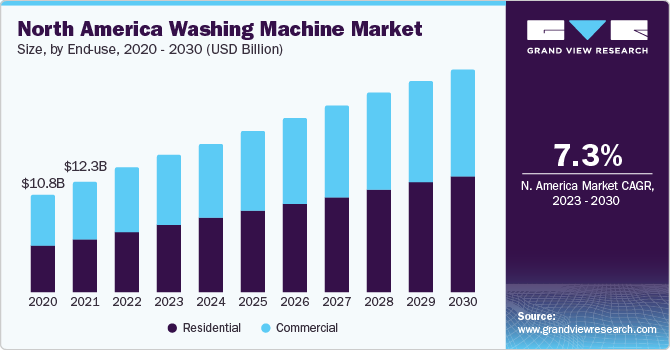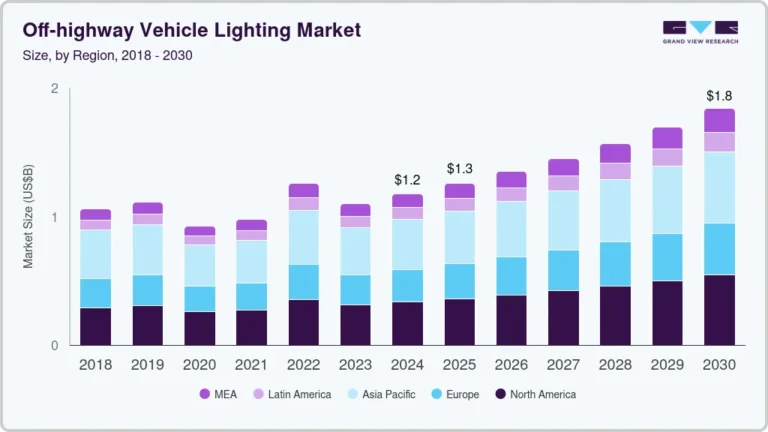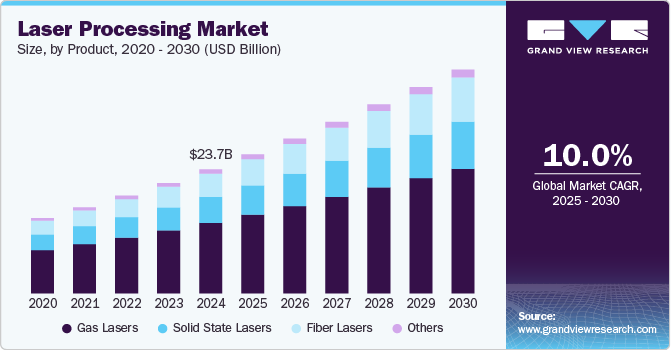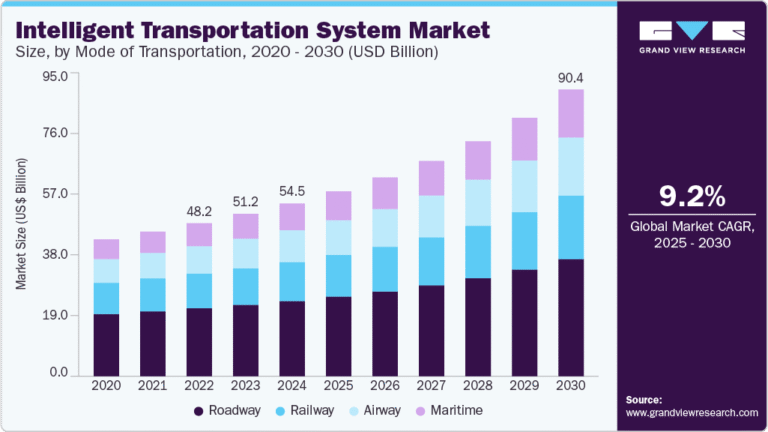Reference Thermometer Market Size, Share & Trends Analysis grow at CAGR 5.4% from 2024 to 2030

The global reference thermometer market was valued at USD 11.4 million in 2023 and projected to grow at CAGR 5.4% from 2024 to 2030. Technological advancements in mechanical engineering led to improvements in temperature measurement accuracy, supporting the market’s growth. Other factors driving the market are increasing demand for RTD sensors and better government regulations across the globe to reduce mercury consumption in thermometers.
Request a free sample copy or view report summary: https://www.grandviewresearch.com/industry-analysis/reference-thermometer-market/request/rs1
Strict regulatory standards and quality requirements in industries such as food processing, aerospace, and automotive drive thermometer adoption accurate temperature control and compliance atoms. The RTD analysis characteristic perfectly meets the needs of thermometer engineers, including accuracy and portability. These versatile, high-performance devices also display preset temperature values, and data are recorded and analyzed.
Growing demand for highly efficient thermal devices, including digital thermometers, is a crucial driver for market growth. The accuracy of temperature measurement and control is an essential factor that can affect the efficiency of a thermometer. A liquid thermometer records temperature on a printed scale in a glass tube, and mercury can contract or expand to indicate temperature changes. Growing temperature demand in industries such as pharmaceuticals, health research, and scientific research requires precise temperature control to maintain products, ensure patient safety, and support experimental results accurately. Reference thermometers provide critical and reliable temperature measurements.
Device Insights
The handheld segment dominated the market and accounted for a share of 64.3% in 2023. Growing demand for proprietary handheld reference thermometers for industrial, medical, R&D, and other applications across the globe is driving the device segment growth. Furthermore, these devices are less expensive than desktop devices, primarily used in scientific research due to their high accuracy; engineers prefer handheld devices due to their practicality and spatial accuracy of measurement due to inaccessibility. Technicians prefer handheld devices for their ability to use and measure accurately in inaccessible environments. Desktop devices, although expensive, are used to measure thermal sensors to achieve more accurate measurements.
The desktop segment is expected to register the fastest CAGR during the forecast period. Technological innovations in sensor technology, measurement techniques, and communication materials are driving the development of advanced desktop reference thermometers that can meet end users’ evolving needs and place greater emphasis on quality control, compliance with regulatory standards, and tracking operational excellence, driving the segment growth.






